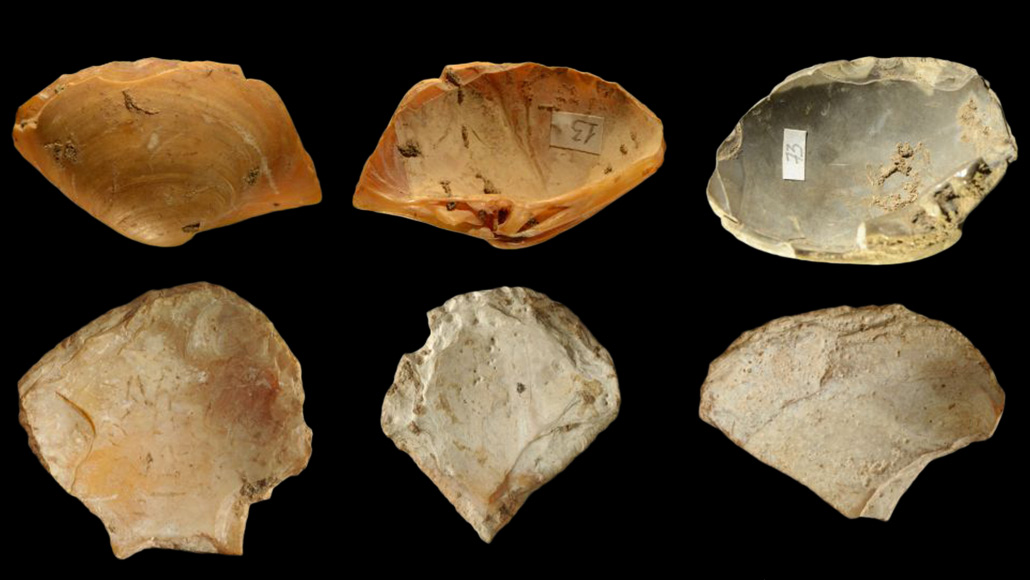Neandertals dove and harvested clamshells for tools near Italy’s shores
Stone Age human relatives shed their reputation as one-trick mammoth hunters

Surface characteristics of clamshells such as these, found in a coastal Italian cave, suggest that Neandertals gathered the shells on a beach and in shallow water before sharpening their edges for use as tools.
P. Villa et al/PLOS ONE 2020